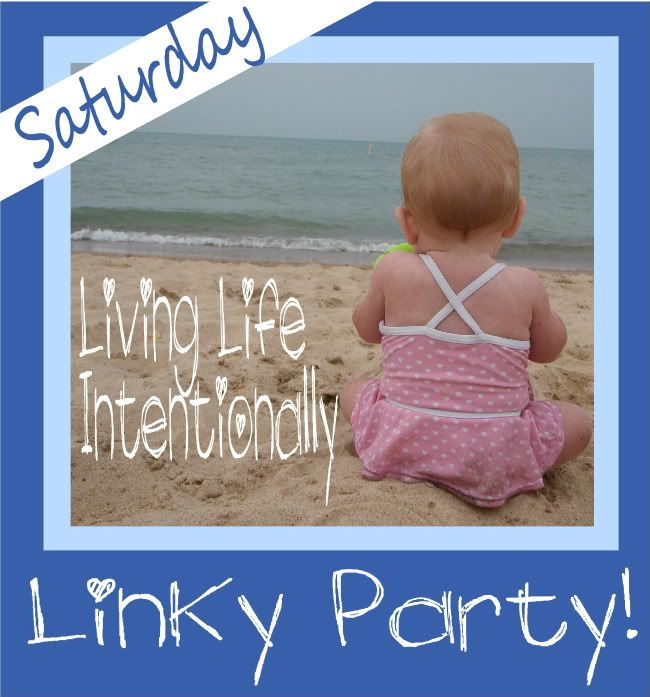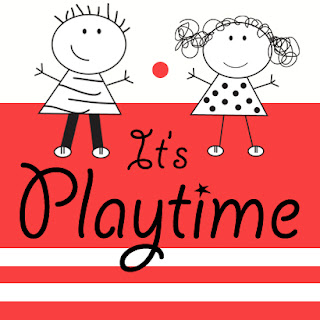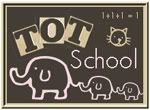A few people emailed me, asking how to make the dyed pasta, so.. here you go.
You can buy dyed pastas for crafts; I've seen it over the years at various school supply stores and craft stores. I make my own, simply because it's SO easy and very inexpensive. There are a bunch of different ways on the internet, but this is how I've always done it. It's very forgiving, though, so play with the idea and see what you come up with!
I start with a bowl, pasta (I'm using the little bow-tie farfalle this time), isopropyl rubbing alcohol, food coloring, and something to stir with.
Start by putting the alcohol into the bowl. I use 2-3 Tablespoons of rubbing alcohol per 1/4-1/2 cup of pasta. Stir food coloring of your choice into the rubbing alcohol - the more food coloring, the more intense your pasta color will be.
Dump pasta into the bowl. This is almost half a cup of pasta, with about 2 T of rubbing alcohol and 6 drops of red food coloring.
Mix it around so that all the parts of the pasta end up getting coated with the colored alcohol, then let it sit.
I tend to let it sit somewhere HIGH out of reach of little fingers (on top of the fridge is a good place for us) for a few hours while I do other things. When I think about it, I pull it down, stir it around to ensure even coating, then put it back up. Today, I ended up leaving the pasta sit for about 2 hours, and stirring it 3 times.
When it appears to be coated, I use a spoon to pull it out of the bowl, and lay it flat to dry. I know people who lay it out on paper towels, paper plates, cookie sheets, newspaper, etc. This is a piece of brown wrapping-type paper (the kind used for packaging), folded twice and laid over a baking sheet to prevent drips.
It takes a while to dry. Overnight is probably the best option, although any 7+ hour stretch will work. The color will get a bit deeper and darker as it dries.
You'll end up with colored rubbing alcohol left in the bowl after you remove the pasta. It's easy to just dump it down the sink (rinse the sink well afterwards), but I hate throwing away anything that I can use. So, I've developed the habit of throwing a handful of white rice into the color alcohol remaining after I take the pasta out. The tiny grains of white rice will absorb a lot of what's left of the colored rubbing alcohol, meaning less to throw out. I make colored rice the same way as colored pasta - only real difference is that the rice doesn't take quite as long, and I don't stir it quite as often. When it's reached the color I want, I spoon the rice out, then pour the tiny bit of remaining rubbing alcohol out.

The uses for colored rice and pasta are nearly endless. Try using colored rice for pouring, scooping and spooning, as the base for a sensory tub, etc. Colored pasta is great for, sorting, using tongs, as math manipulatives, to form letters with, for making patterns, and other things.
Just to NOTE: I'm sure this is apparent, but just to be clear, the pasta and rice are NOT edible after they've been dyed with rubbing alcohol.
















































